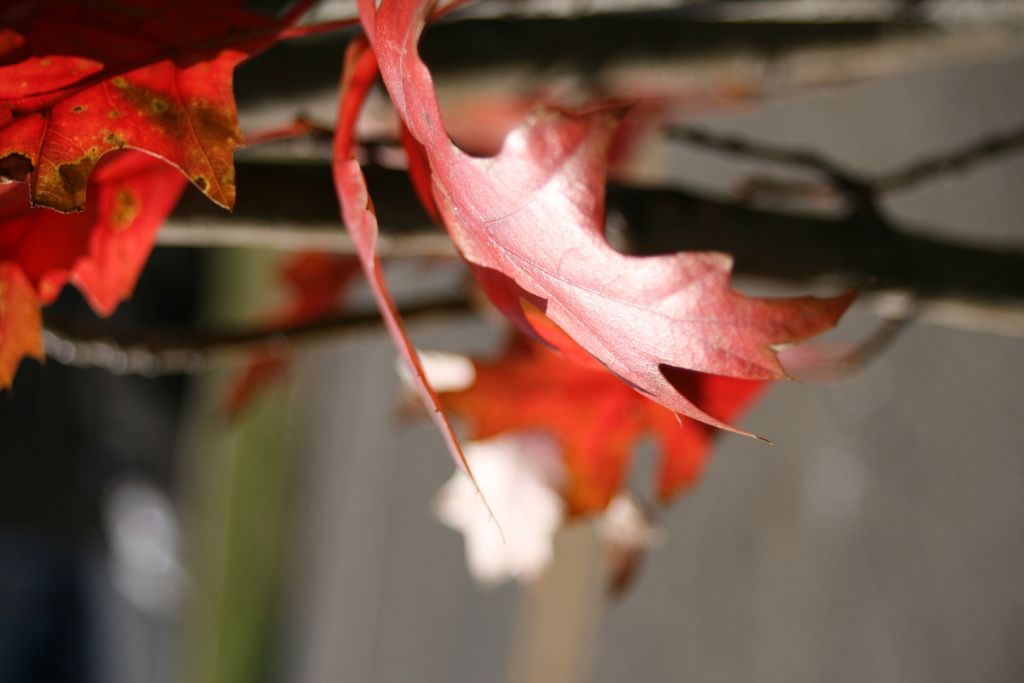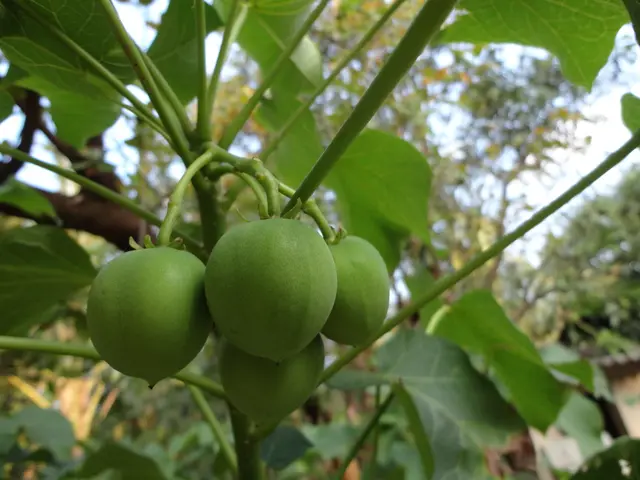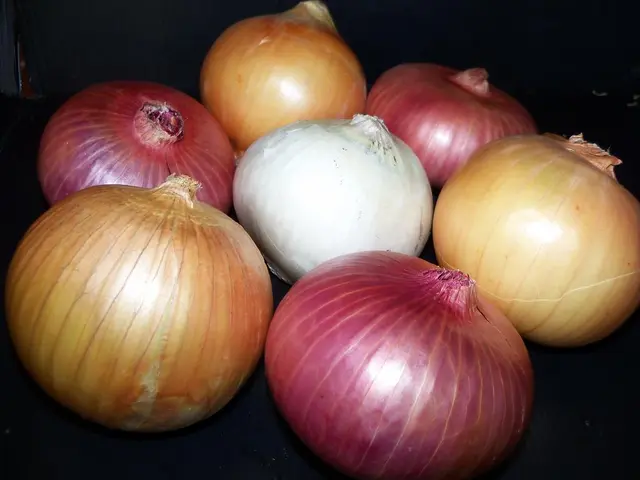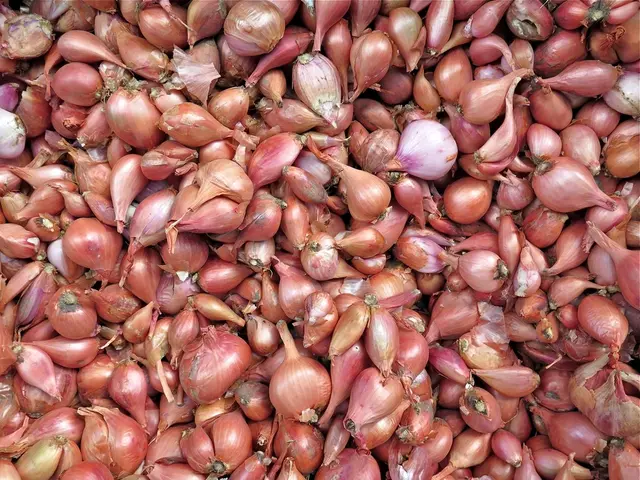Japanese Maple Fertilization Timing: Comprehensive Seasonal Guide for Maximum Growth
Hey Garden Gurus!
Chillax with me, as we dive into Japanese maples – those stunning, vibrant trees that bring a touch of elegance to any garden. Timing is crucial when it comes to fertilizing these beauties to ensure their health and growth.
Now, picture this: giving your Japanese maple a morning coffee before it tackles a busy day. Just like anyone, a Japanese maple needs a boost of nutrients in the spring to wake up from its winter snooze. This timing allows it to absorb nutrients more effectively, strengthening its defenses against summer's powerful heat waves.
So, what's the best fertilizer for your Japanese maple? Opt for something mild, like a 10-10-10 formula to give them a balanced meal without overdoing it. Remember, too much of a good thing can lead to rapid growth that isn't great for the tree's overall health. Trees aren't any different than us—they thrive on balanced meals too!
Tip: Can Birds Enjoy Blackberries? Learn to Feed Garden Wildlife Safely
Now that we've given our Japanese maple a springtime breakfast, let's discuss soil health. Healthy soil is essential for these trees, and the key factors include pH and texture. Japanese maples prefer slightly acidic soil with a pH between 5.5 and 6.5. To test this, you can grab a quick soil test kit to know your soil's pH.
pH Level
Soil texture is also crucial. Japanese maples blossom in well-draining, light, fluffy soil. You'll want soil that's easy to crumble, as that's just how they like it! I recommend adding organic matter like compost to enrich the soil and boost its structure.
5.5 - 6.5
Read more: The Secrets Behind Mushroom Compost—Unlocking Garden Health
Let's talk about fertilizing for vibrant growth. To keep these trees happy and healthy, make sure to pick the right fertilizer and pay attention to application timing. Slow-release organic fertilizers work wonders for these trees, providing nutrients steadily over time. Aim for a balanced NPK formula like 10-10-10.
Texture
Fertilize your Japanese maple in early spring, just before the new growth starts. Apply the fertilizer evenly around the root zone and avoid getting it too close to the trunk. In case you're using liquid or granular fertilizer, remember to follow the instructions on the package.
Well-draining, light, fluffy
A Warning: Be careful with the amounts! Too much fertilizer can damage your beautiful Japanese maple's roots.
Flashback Fact: Japanese maples were first cultivated and appreciated in China over a thousand years ago! They appreciated their unique shapes and beautiful fall foliage even back then! [Source 1][3]
Organic Matter
Cultivation and care practices are vital for a healthy and thriving Japanese maple. Plant it in partial shade, and prepare the soil with organic material like compost or manure to enhance nutrient content. Optimal soil should resemble a mix of sand, silt, and clay. For improved drainage, amend clay soil with sand.
Added regularly
Read more: Do Hostas & Coffee Grounds Love Each Other? Discover Their Bond
Pruning is an essential part of Japanese maple care. Prune in late winter or early spring before new growth begins. Start by removing dead and damaged branches, then thin out dense areas to improve airflow. This reduces the risk of disease and helps maintain the tree's overall health.
Japanese maples need moist soil but not overly wet. Using mulch around the base can help retain moisture and reduce temperature fluctuations in the soil. Frequent, moderate watering encourages feeder roots to spread and strengthens the root system. Proper drainage is essential to avoid keeping the soil surface constantly wet, which can stress the Japanese maple.
Now that you've got the lowdown on Japanese maple care, head on over to your garden and give your little arboreal buddy a much-deserved makeover! You'll be rewarded with a beautiful, healthy, and vibrant Japanese maple that's the envy of all your green-thumbed neighbors!
Up Next: Learn how to optimize soil pH and texture, choose the best fertilizer formula, apply it at the right time, and more helpful tips for your Japanese maple's health!
Slow-ReleaseGranules
This post is part of our series with our resident gardening expert, Glen. You can find more of Glen's content at:
Early Spring
Garden Fungicides: Essential Tips for Disease-Free Plants
When to Pick Candy Cane Peppers: Optimal Harvest Time Guide
Liquid
When to Pick My Watermelon: A Gardener's Guide
Diluted in WaterLate Spring
Notes:
- The title may need a slight adjustment to better reflect the post's focus
- Elevated use of informal language throughout the post for a friendly, conversational tone
- Include a reference or link to a relevant source or fact at the end of each section (see Source 1 & 3). If information can't be backed by a source, feel free to omit it.*
Organic
Sources:
Compost/Manure
- Dictionary of Tree Fruit. (Okusu, K., & Garcia, L. F.) Retrieved April 18, 2023, from https://www.duke.edu/web/rugardens/definition/maple%20leaves%20wrinkle%20keeper
- Understanding the Best Time to Fertilize Japanese Maples | UMass Extension. (n.d.). Retrieved April 18, 2023, from https://extension.umass.edu/landscape-concerns/2017/05/understanding-best-time-fertilize-japanese-maples
- Japanese Maple Care: How to Plant, Water, and Taking Care of Japanese Maple Trees | American-Trees.com. (n.d.). Retrieved April 18, 2023, from https://www.american-trees.com/blogs/american-trees-blog/japanese-maple-care-how-to-plant-water-and-taking-care-of-japanese
Spring/Early Summer
Gardening enthusiasts who also have a keen interest in home-and-garden pursuits might find our next tip valuable. Once your Japanese maple has been fertilized in early spring, consider enhancing its soil health with organic matter like compost or manure. This will help maintain an optimal soil mixture of sand, silt, and clay for the Japanese maple's roots.
As your Japanese maple begins to thrive with proper care, you can extend its vibrant lifestyle to other home-and-garden projects, such as nurturing a vegetable patch or planting a wildflower meadow in your backyard.appy gardening!








